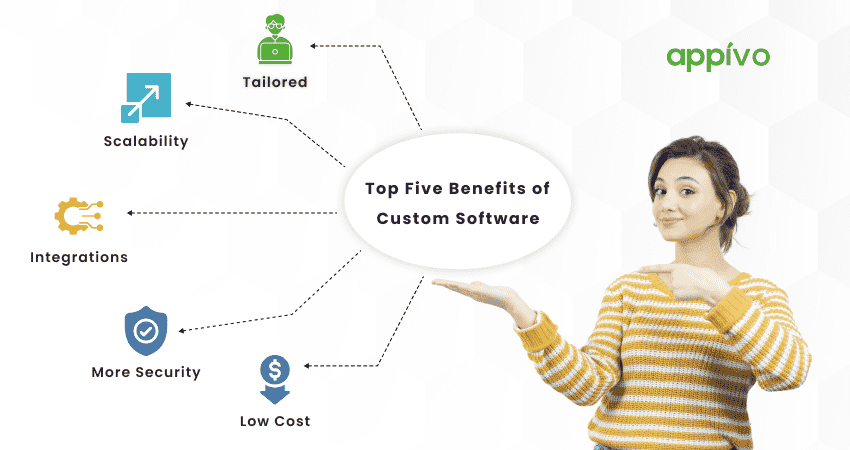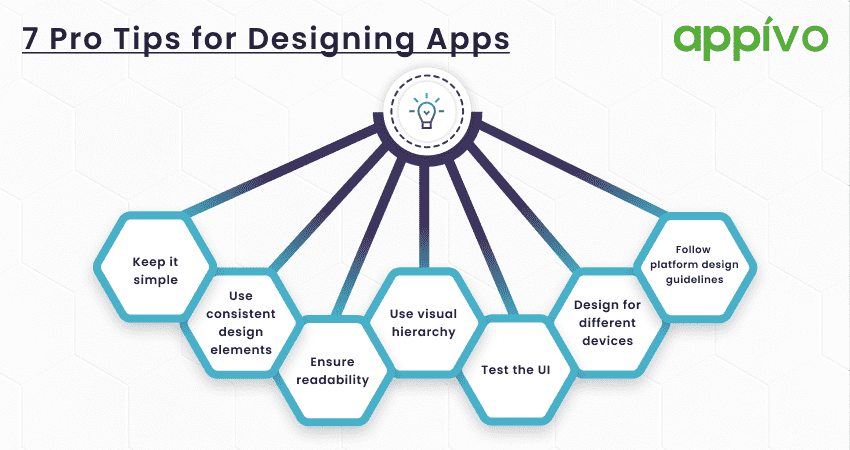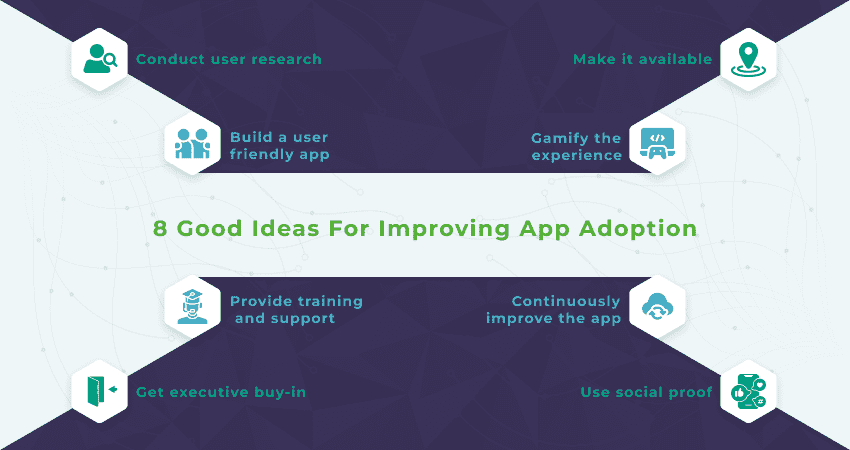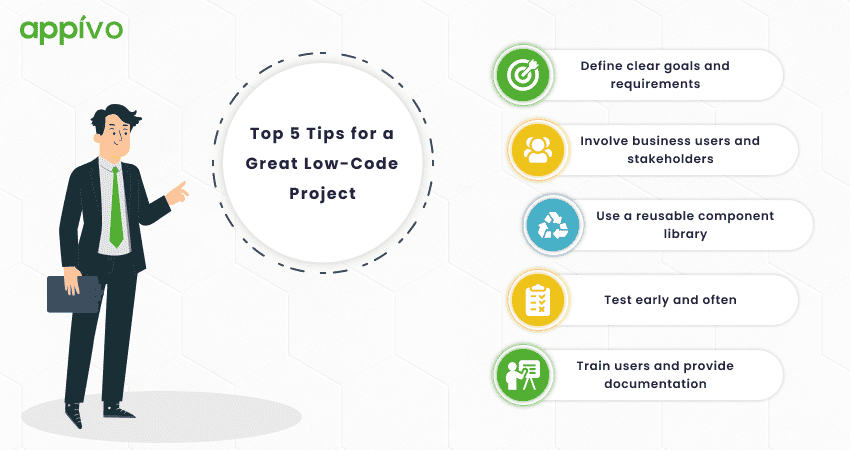
App Requirements – 7 Key Steps for Gathering Them Correctly
July 17, 2023
Would you build a house without architectural plans? Have you ever tried to assemble IKEA furniture without the directions? App projects are no different and require solid app requirements to be successful. This article lists 7 key steps for gathering good requirements. Good app requirements are the foundation of any app project and can sometimes be the difference between success and failure. Good app requirements won’t make a project paint-by-numbers simple, but they will mitigate the risk of scope creep, missed deadlines, and blown budgets.
Here are seven tips for gathering good requirements.
7 Key Tips for Gathering Good App Requirements
1. Identify the key stakeholders.
Start by identifying the key stakeholders who will be impacted by the app, including business owners, users, and other decision-makers. Make sure to involve all relevant stakeholders in the requirements gathering process. Giving people a voice in the earliest stages of the project will also help with app adoption at the end of the project.
2. Understand the business needs.
Understand the business needs that the app is intended to address. This can include understanding the goals and objectives of the business, as well as any challenges or pain points that the app should address. This will provide understanding of why the app and its features are important, not just what the app needs to do.
3. Identify the user requirements.
Identify the requirements of the end-users who will be using the app. This can include understanding their needs, goals, and pain points, as well as any usability or accessibility requirements. Despite all other planning efforts, there’s no substitute for speaking with actual end-users.
4. Define the functional requirements.
Define the functional requirements of the app, including the features and capabilities that are required. This can include requirements for data input and output, integration with other systems, and reporting and analytics.
5. Define the technical requirements.
Define the technical requirements of the app, including the platforms, technologies, and infrastructure that will be used. This can include requirements for scalability, performance, and security. While gathering these requirements shouldn’t be skipped, using a low-code cloud platform for development can greatly simplifiy the implementation, as the right platform will check all the boxes.
6. Prioritize the requirements.
Prioritize the app requirements based on their importance and impact on the success of the project. This can help ensure that the most critical requirements are addressed first and that the project stays on track. This is especially important when the scope may potentially exceed the timeline. In that case, a prioritized backlog of requirements can facilitate a conversation about taking a phased approach.
7. Document the requirements.
Document the app requirements in a clear and concise manner, using a format that is easily accessible to all stakeholders. This can include use cases, user stories, functional specifications, and technical specifications. While there are specialized tools available for managing requirements backlogs and task management, spreadsheets can also work depending on what’s available.
Throughout the requirements gathering and design process, it’s important to remember one thing: Design like you know everything, but listen like you know nothing. It is only natural to feel protective of your app and to become defensive if someone offers some criticism or a differing opinion. However it’s far easier to evaluate and implement feedback before an app ships, and can only lead to a better first experience for users.
By following these 7 key steps for gathering good app requirements, you can gather requirements for your web or mobile app project in a structured and effective manner. This will help ensure that the app meets the needs of the business and end-users and delivers value to your organization.
Ready to start your next custom software project? The Appivo low-code platform is perfect for both web and mobile applications. Sign up for an Appivo free trial today or contact an Appivo solution advisor to learn more.
Want to read more about gathering app requirements and developing apps? Check out this article from Upwork. It includes 9 steps to develop an app, plus 5 pre-steps to get started.
Recent Post
Top Five Benefits of Custom Software
June 13, 2023
7 Pro Tips for Designing Apps
May 16, 2023
What is low-code?
April 18, 2023
8 Good Ideas for Improving App Adoption
March 21, 2023
Top 5 Tips for a Great Low-Code Project
February 21, 2023





